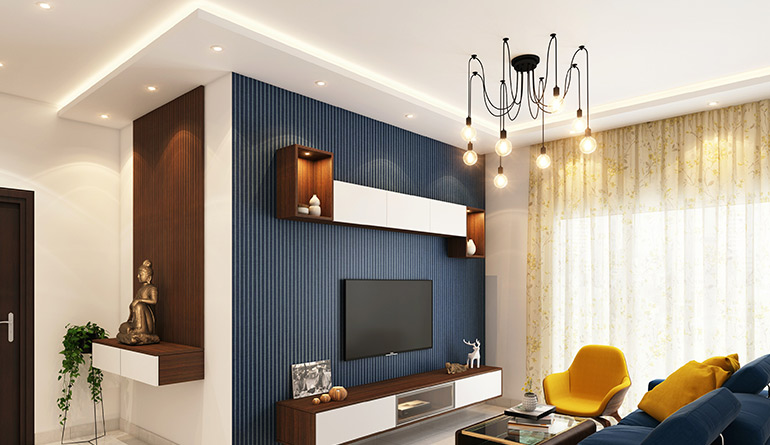








Waterproofing services protect buildings from water damage by sealing and treating surfaces like roofs, walls, and basements. Techniques include applying waterproof membranes, coatings, or sealants to prevent leaks and moisture intrusion. These services help maintain structural integrity, prevent mold growth, and extend the lifespan of buildings by safeguarding them from water-related issues.
Cementitious waterproofing involves applying a cement-based coating to surfaces to prevent water infiltration. This method uses a mixture of cement, sand, and waterproofing agents to create a durable, impermeable barrier. It's commonly used for basements, foundations, and water tanks, providing effective protection against moisture and leakage while being easy to apply and maintain.
Bituminous coating waterproofing involves applying a bitumen-based product, such as asphalt or tar, to surfaces to create a waterproof barrier. This coating is typically used on roofs, foundations, and walls to prevent water infiltration and protect against moisture damage. Bituminous coatings are durable, flexible, and effective at resisting water and environmental elements.
Bituminous membrane waterproofing involves applying a flexible, bitumen-based membrane to surfaces to create a reliable waterproof barrier. These membranes are usually installed in sheets and can be either self-adhesive or torch-applied. They are commonly used on roofs, foundations, and terraces to prevent water infiltration, offering excellent durability, adhesion, and resistance to environmental conditions.
Polyurethane membrane waterproofing involves applying a liquid polyurethane coating that cures into a seamless, flexible membrane. This type of waterproofing is ideal for roofs, terraces, and basements, providing excellent resistance to water, UV rays, and weathering. It adapts well to different surfaces, filling cracks and joints, and offers long-lasting protection with minimal maintenance.
Liquid waterproofing membrane is a versatile, liquid-applied coating that cures into a seamless, flexible membrane. It is used to waterproof various surfaces, including roofs, walls, and decks, by forming a continuous barrier that resists water infiltration. The application involves spreading the liquid material evenly over the surface, which then dries to provide durable, long-lasting protection.